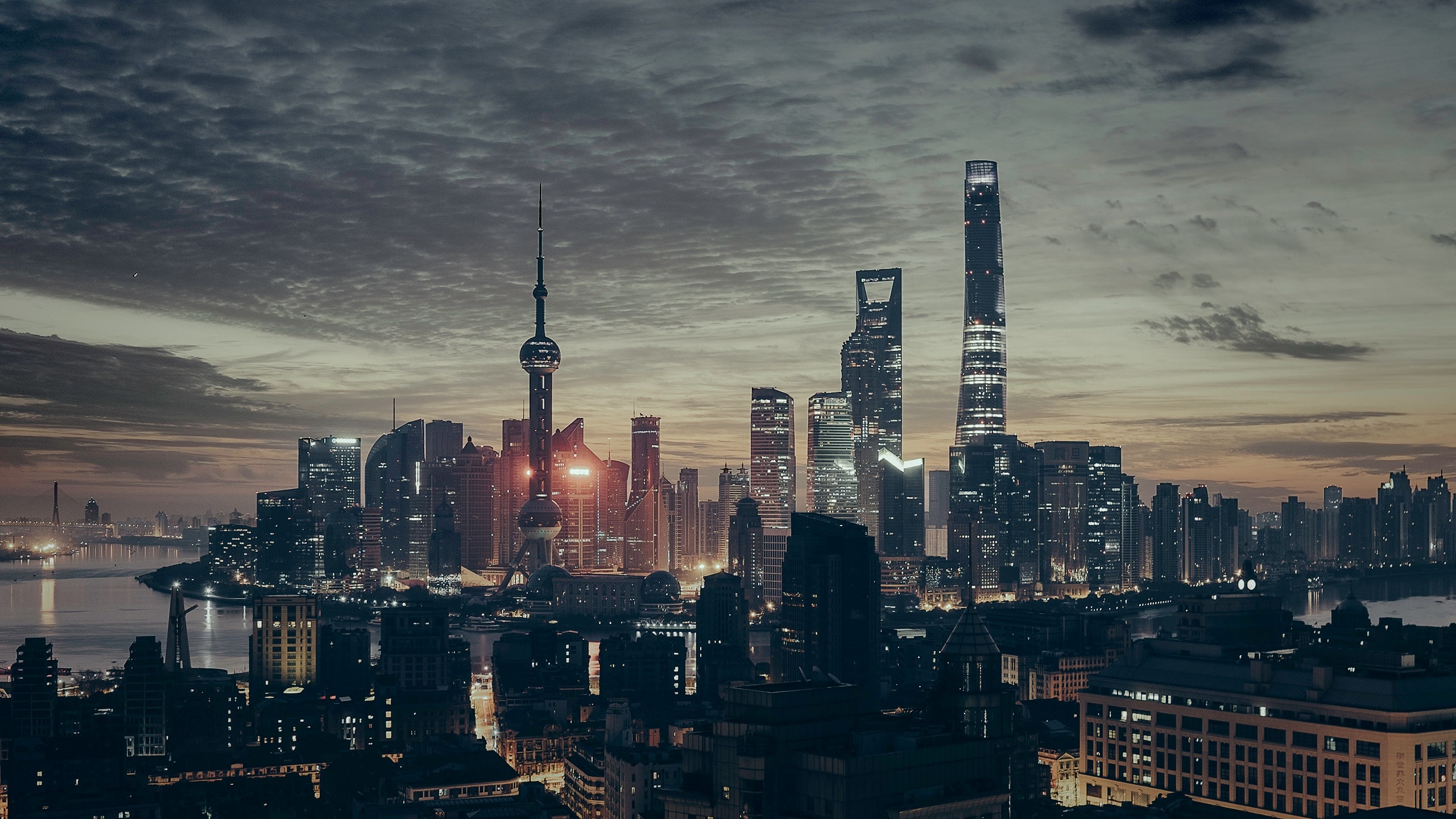China’s middle class is still growing

According to McKinsey analysis, the Chinese middle class could reach 550 million in three years which is more than one-and-a-half times the entire current US population. American consumer giants and a number of Chinese companies are competing to grab the attention of the largest middle class market in the world. “Consumption overall is robust, and you see what is driving that, it’s new consumers entering the middle class, and that is the primary driver of growth in the China market,” Daniel Zipser, Senior Partner at McKinsey commented.
IZA World of Labor authors Junsen Zhang and Jia Wu have analysed the Chinese labor market and have concluded that unemployment is at its lowest level in 20 years, which implies that the Chinese economy is close to full employment. In their article, they note: “China’s remarkable economic growth during the last three decades enabled the country to surpass Japan as the world’s second largest economy. One of the leading factors behind this growth has been its very large working-age population. […] [The country] has gradually increased its impact on the global economy via international trade, and its steady progress has advanced global economic development.”
Chinese government policy announcements this summer indicate that for China’s economy, the consumer is not just an opportunity but a source of growth. The American retail giant Walmart has been in the country for over 20 years but it is now stepping up its investment with plans to build at least 14 more Sam’s Club membership stores. In addition, many existing stores will be getting renovations. “(Chinese consumers) demand fast delivery. ... In this market you really have to be great and good (in both online and offline) in order to be competitive,” Daniel Shih, Chief of Corporate Affairs for Walmart in China said.
Home-grown brands in China also prove to be a success. Whilst Nike has recently reported strong sales in the country, according to instalment purchase site Fenqile, the sales growth of Chinese sneaker brand Huili is far outpacing that of Nike and Addidas. The e-commerce company has also said that sales of Chinese fashion brands and beauty products more than tripled in August. The list of the multi-billion dollar corporations seizing the growth in the Chinese market is extensive and it includes the likes of Apple, Starbucks, Kentucky Friend Chicken and video streaming site iQiyi.
Read Junsen Zhang and Jia Wu’s article The Chinese labor market, 2000–2016.